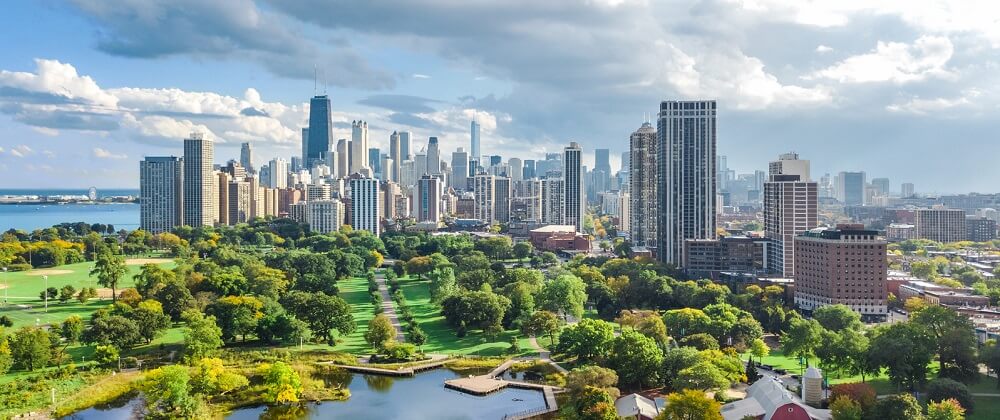Michigan, a state known for its diverse landscapes and vibrant culture, also harbors some of the most hazardous urban areas in the United States. The latest statistics highlight the ten cities grappling with alarming crime rates, urban decay, and economic challenges.

Topping the list is Muskegon Heights, a small city with a disproportionately high crime rate. Despite its modest population of 10,730 residents, Muskegon Heights recorded a staggering 5,390 crimes per population, surpassing the national average by 330%. Home invasions and property damage remain prevalent issues in this community.
Securing the second position is Detroit, once a thriving hub of the American auto industry. With a population of 635,000, Detroit grapples with a crime rate 248% higher than the state average. Residents face a 1 in 44 chance of falling victim to violent crime, attributed primarily to gang-related activities and gun violence.
Benton Harbor follows closely behind in third place, with a crime rate 246% higher than the Michigan average. High poverty levels and limited job opportunities exacerbate the city’s challenges, contributing to a 1 in 29 chance of residents becoming victims of violent crime.
The list continues with cities like Jackson, Harper Woods, and Flint, each grappling with their own set of crime-related issues. Jackson, with a population of 32,188, experiences a crime rate 127% higher than the state average, resulting in a 1 in 84 chance of residents falling victim to violent crime.
Harper Woods, situated near Detroit, faces a crime rate 121% higher than the average Michigan city. Despite its population of 15,492, residents have a 1 in 108 chance of becoming victims of violent crime. Similarly, Flint, with its infamous reputation, has a crime rate 50% higher than the state average, witnessing a recent surge in murders.
Rounding up the list are cities like Kalamazoo, Albion, Highland Park, and Saginaw, each grappling with their own unique crime-related challenges. From above-average crime rates to economic disparities, these cities highlight the need for comprehensive community safety measures and support.
While these cities face significant hurdles in combating crime and revitalizing their communities, there is hope on the horizon. Efforts towards community policing, economic development, and addressing underlying social issues can pave the way for a safer and more prosperous future for all residents of Michigan.